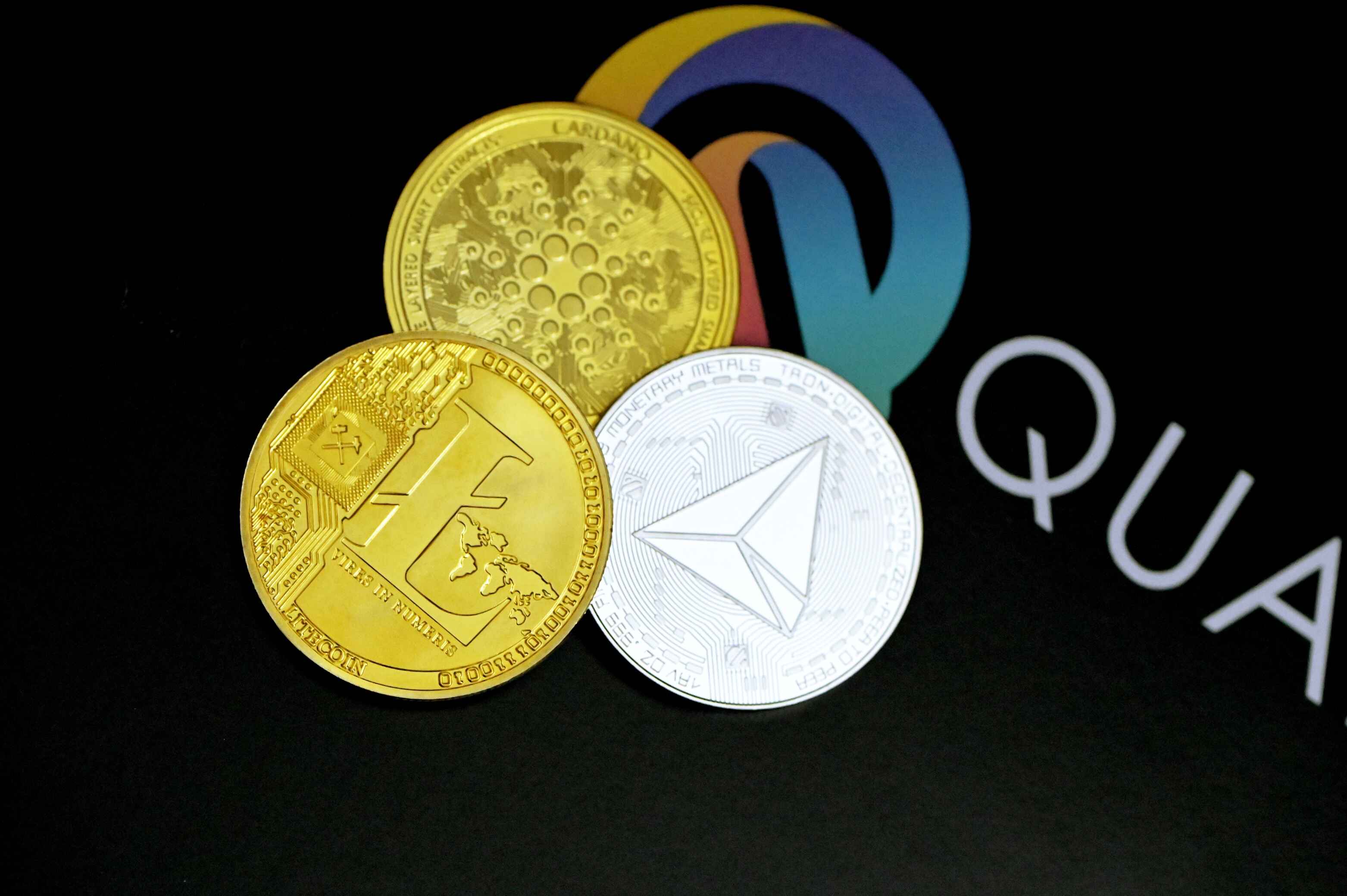
The Role of Central Banks in Shaping the Economy
Details
Introduction
In the intricate tapestry of a nation's economy, central banks emerge as the master weavers, meticulously crafting the threads of monetary policy to influence economic growth, stability, and inflation. Often operating in the shadows, these financial institutions play a pivotal role in shaping the economic landscape. In this blog post, we will delve into the multifaceted world of central banks, exploring their functions, tools, and their profound impact on the economy.
Understanding Central Banks
Central banks are financial institutions responsible for managing a country's money supply, controlling interest rates, and ensuring the stability and integrity of the financial system. They operate independently of the government but play a vital role in the overall economic policy framework. The primary objectives of a central bank typically include price stability, full employment, and economic growth.
Functions of Central Banks
1. Monetary Policy: One of the central bank's most crucial functions is to set and implement monetary policy. They use various tools, including interest rates and open market operations, to control the money supply in the economy. By influencing the cost of borrowing and lending, central banks can stimulate or cool down economic activity.
2. Currency Issuance and Management: Central banks are the sole issuers of a country's currency. They're responsible for ensuring the availability of cash in the economy, monitoring counterfeit money, and making decisions related to currency redesign and security.
3. Banker to the Government: Central banks often act as the government's bank, handling its financial transactions and managing its accounts. This function ensures the efficient flow of funds within the government machinery.
4. Financial Stability: Central banks are tasked with maintaining the stability of the financial system. They monitor banks and other financial institutions to prevent crises, ensuring that the financial sector operates smoothly.
5. Foreign Exchange Reserves: Central banks manage a country's foreign exchange reserves, which are essential for international trade and economic stability. They intervene in the foreign exchange market to stabilize the currency's value and ensure the smooth flow of international transactions.
Tools of Central Banks
To fulfill their functions, central banks employ various tools and instruments:
1. Interest Rates: Adjusting interest rates is one of the primary tools central banks use to control the money supply. Lowering interest rates encourages borrowing and spending, stimulating economic growth. Conversely, raising interest rates can cool down an overheated economy and control inflation.
2. Open Market Operations: Central banks buy and sell government securities in the open market to influence the money supply. When they purchase securities, they inject money into the economy, promoting economic activity. Conversely, selling securities withdraws money from circulation, curbing inflation.
3. Reserve Requirements: Central banks can mandate that commercial banks hold a certain percentage of their deposits in reserve. By adjusting these requirements, they can influence the amount of money banks have available for lending.
4. Forward Guidance: Central banks communicate their future policy intentions to the public and financial markets. This guidance can influence expectations and shape economic behavior.
5. Quantitative Easing: In times of economic crisis, central banks may resort to quantitative easing, a strategy involving the purchase of long-term securities and other assets to increase the money supply and lower long-term interest rates.
The Impact of Central Banks on the Economy
Central banks' decisions and actions have far-reaching effects on the economy:
1. Inflation Control: Central banks aim to maintain price stability by controlling inflation. By adjusting interest rates and employing other tools, they can prevent runaway inflation that erodes the value of money and disrupts economic stability.
2. Economic Growth: Through their monetary policy, central banks can stimulate or dampen economic growth. Lowering interest rates encourages borrowing and investment, fostering economic expansion. Conversely, raising rates can slow down an overheated economy to prevent bubbles and crashes.
3. Financial Stability: Central banks play a pivotal role in averting financial crises. By supervising and regulating banks and other financial institutions, they ensure the health of the financial system, which is critical for overall economic stability.
4. Exchange Rates: Central banks can influence exchange rates to maintain competitive advantages in international trade. A weaker currency can boost exports, while a stronger currency can benefit consumers by lowering import costs.
5. Employment: While central banks primarily focus on monetary policy, their actions indirectly impact employment. By promoting economic growth and stability, they contribute to creating an environment conducive to job creation.
Challenges and Criticisms
Central banks, despite their essential role, are not without critics and challenges:
1. Independence vs. Accountability: The independence of central banks is crucial for maintaining credibility in their monetary policy decisions. However, this autonomy can raise questions about democratic accountability.
2. Effectiveness of Tools: In an era of low-interest rates and unconventional policies like quantitative easing, some doubt the effectiveness of traditional central bank tools in stimulating the economy.
3. Inequality: Critics argue that central bank policies can exacerbate wealth inequality. Low-interest rates, for instance, can inflate asset prices, benefiting the wealthy while leaving the average citizen struggling to save.
4. Unintended Consequences: Central bank actions can sometimes lead to unintended consequences. For example, aggressive monetary easing may encourage risky behavior in financial markets.
5. Global Interconnectedness: Central banks must consider the global impact of their decisions. Actions taken by one central bank can have ripple effects across the international financial system.
Conclusion
Central banks are the silent architects of a nation's economy, wielding tools and making decisions that ripple through the financial system and society at large. Their role in shaping the economy is undeniable, as they strive to balance the dual mandate of price stability and economic growth. While their actions are often complex and can be subject to criticism, central banks remain vital institutions in maintaining economic stability and prosperity in an ever-changing global landscape. Understanding their functions and the impact of their decisions is essential for anyone interested in the intricacies of modern economics.









